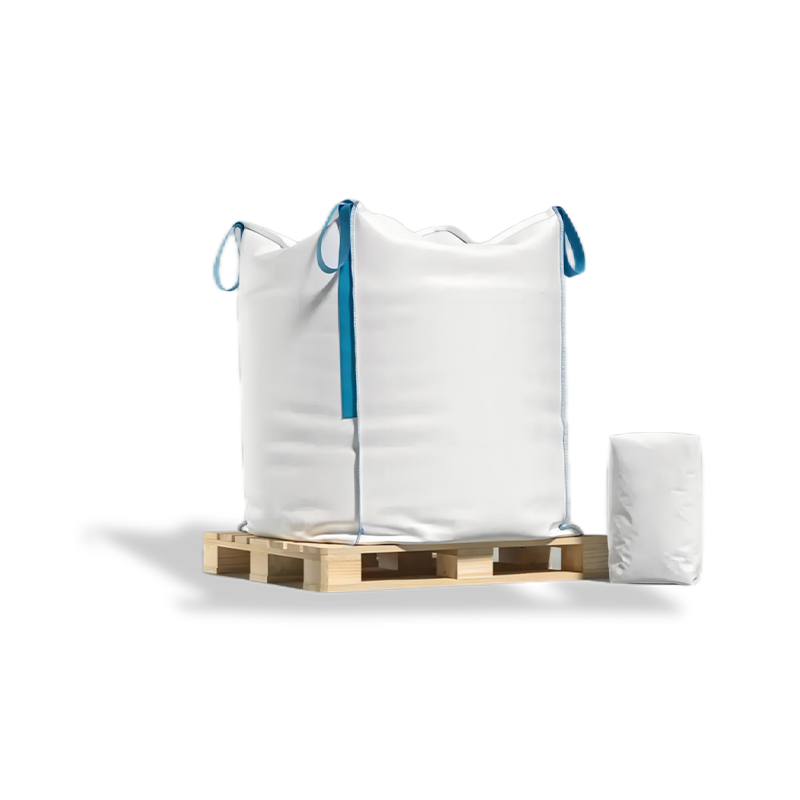In today’s competitive packaging industry, functionality, safety, and sustainability must go hand in hand. That’s why laminated film structures have become essential in applications that demand advanced barrier protection, especially in sensitive sectors like infant nutrition and chemical packaging. Among the options available, EHE High-Barrier Film stands out for its balanced performance in multi-layer laminates. These films are engineered to deliver not only exceptional barrier properties but also mechanical stability, sealability, and aesthetic flexibility when combined with complementary materials.
The core advantage of laminated structures lies in the synergistic integration of different material layers. EHE films are often paired with substrates like PET, PE, or aluminum foil, where each layer contributes a unique functional attribute—oxygen resistance, moisture blocking, heat resistance, or print compatibility. For instance, the EHE layer ensures low permeability, which is critical for preserving the quality and shelf life of high-end products like infant formula. At the same time, the outer layers provide structural integrity and surface adaptability for downstream processing, such as blister-molding or pouch forming.
This layering approach allows manufacturers to tailor packaging films to specific product needs without compromising performance or compliance. When used in liquid packaging formats, laminated EHE High-Barrier Films are formed into sheets and later thermoformed into precise cavity shapes. The result is a lightweight yet durable packaging form that can handle the rigors of storage, transportation, and consumer use—all while offering a more sustainable alternative to rigid containers. By controlling the layer composition, packaging developers can fine-tune factors like tensile strength, sealing temperature, and puncture resistance.

Another technical benefit of laminated high-barrier films is their ability to minimize delamination and maintain structural integrity over time. This is especially important for industrial applications or products stored under challenging environmental conditions. EHE High-Barrier Film laminates are designed to endure these stresses, maintaining barrier effectiveness even after extended exposure to moisture, light, or temperature fluctuations. That kind of long-term reliability is key for manufacturers aiming to reduce waste and meet strict quality assurance protocols.
From a branding and operational standpoint, laminated film structures with EHE layers also offer strong advantages. They support advanced printing and surface treatments, allowing customers to design appealing, informative packaging without sacrificing functionality. And because these laminates are compatible with high-speed processing equipment, they fit seamlessly into existing production lines, reducing downtime and increasing efficiency. For buyers looking to upgrade their packaging systems without overhauling their infrastructure, this is a highly attractive proposition.
Whether you’re in the business of packaging nutritional powders, reactive chemicals, or sensitive liquids, incorporating EHE High-Barrier Film into a laminated structure is a smart investment. It reflects a modern approach to packaging—one that balances technical performance, market appeal, and environmental responsibility. As a manufacturer with deep experience in flexible barrier materials, we’re committed to helping our partners find solutions that work now and evolve with future industry demands.

 LANGUAGE
LANGUAGE
 English
English 中文简体
中文简体











